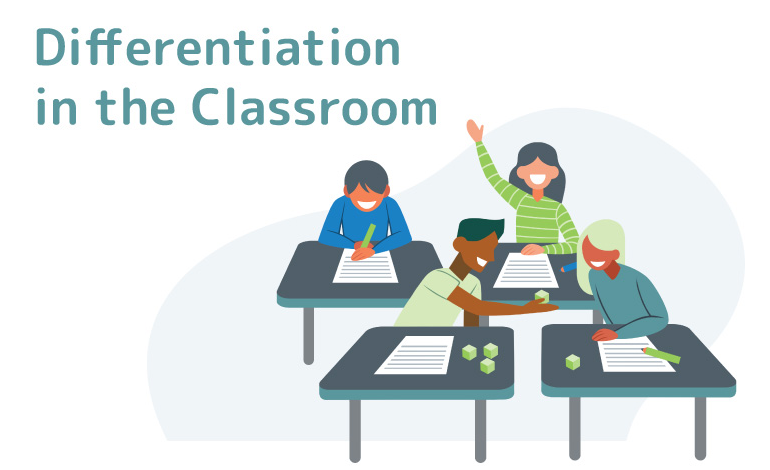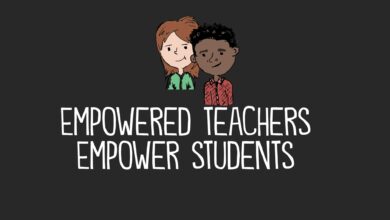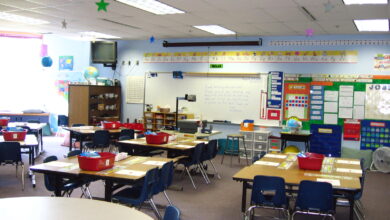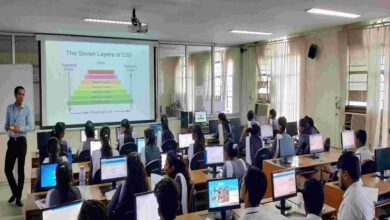Differentiated Instruction Techniques

Introduction
Differentiated instruction is an approach to teaching and learning that recognizes and accommodates the diverse needs, interests, and abilities of students in the classroom. By adapting instruction to meet individual learning styles and preferences, educators can create inclusive learning environments where all students can thrive. In this blog post, we’ll explore various differentiated instruction techniques and strategies for effectively catering to the diverse needs of students.
Pre-Assessment and Data Analysis
Before designing instruction, conduct pre-assessments to gather data on students’ prior knowledge, skills, and learning preferences. Analyze assessment data to identify patterns and trends, as well as individual strengths and areas for growth. Use this information to inform instructional planning and tailor lessons to meet the specific needs of each student.
Flexible Grouping
Implement flexible grouping strategies to provide students with opportunities for collaborative learning and peer support. Group students based on similar learning needs, interests, or abilities, and adjust groupings as needed to accommodate changing instructional objectives. Rotate group roles and responsibilities to ensure equitable participation and engagement among all students.
Tiered Assignments and Activities
Develop tiered assignments and activities that offer varying levels of complexity, challenge, and support to accommodate diverse learners. Provide multiple entry points and pathways for students to demonstrate understanding and mastery of content. Offer extension activities for advanced learners and additional scaffolding or support for struggling students.
Differentiated Instructional Materials
Modify instructional materials to align with students’ learning needs and preferences. Provide alternative formats, such as audio recordings, visual aids, or interactive multimedia, to accommodate diverse learning styles. Offer choice and autonomy in selecting resources and materials, allowing students to engage with content in ways that resonate with them.
Individualized Learning Plans
Create individualized learning plans for students with specific learning needs or accommodations. Collaborate with students, parents, and support staff to develop personalized goals, strategies, and accommodations tailored to each student’s unique strengths and challenges. Monitor progress regularly and adjust plans as needed to ensure continued growth and success.
Ongoing Assessment and Feedback
Use ongoing assessment and feedback to monitor student progress, identify areas for improvement, and adjust instruction accordingly. Provide timely and specific feedback to students that acknowledges their efforts and offers guidance for improvement. Offer opportunities for self-assessment and reflection to empower students to take ownership of their learning.
Scaffolded Instructional Support
Provide scaffolded instructional support to help students build upon their existing knowledge and skills. Break complex tasks into smaller, more manageable steps and provide guided practice and support as students work towards mastery. Gradually release responsibility to students as they demonstrate increased proficiency and independence.
Differentiated Assessment Methods
Utilize differentiated assessment methods to evaluate student learning in varied and meaningful ways. Offer a mix of formative and summative assessments, including performance-based tasks, project-based assessments, and alternative assessments, to accommodate diverse learning styles and preferences. Provide multiple opportunities for students to demonstrate understanding and mastery of content.
Conclusion
Differentiated instruction is a powerful approach to teaching and learning that honors the diversity of students in the classroom. By recognizing and accommodating individual learning needs, interests, and abilities, educators can create inclusive learning environments where all students can succeed. By implementing differentiated instruction techniques such as pre-assessment and data analysis, flexible grouping, tiered assignments, individualized learning plans, ongoing assessment and feedback, scaffolded instructional support, and differentiated assessment methods, educators can effectively meet the needs of diverse learners and foster academic success for all.












